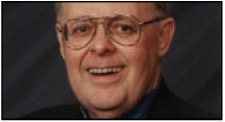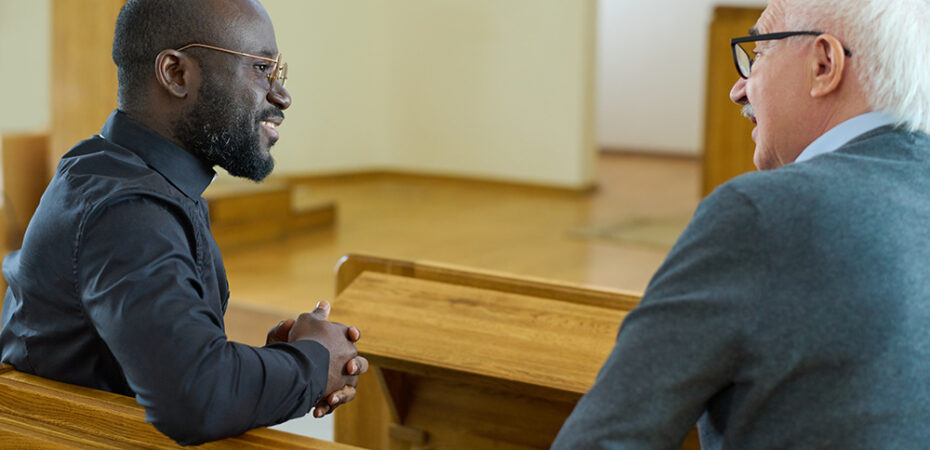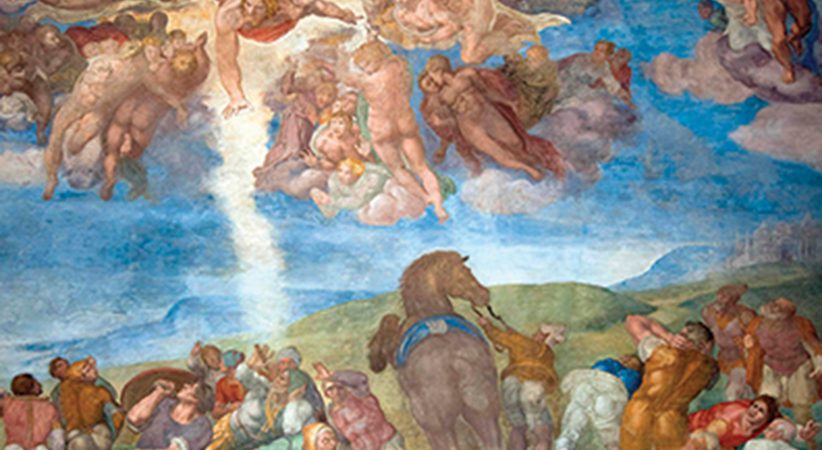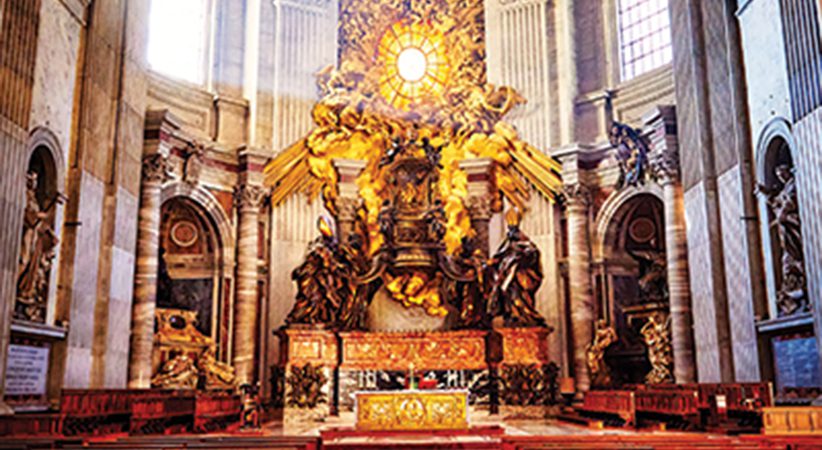Straddling Power-Distance Ambiguity in Parishes
Effective leadership comes down to solid relationships
Owen Phelps Comments Off on Straddling Power-Distance Ambiguity in Parishes
 One challenge for priests that can bleed into a host of other challenges related to effective parish leadership is the matter of “power distance.”
One challenge for priests that can bleed into a host of other challenges related to effective parish leadership is the matter of “power distance.”
Power distance refers to the extent that less powerful members of organizations accept — and actually expect — unequal power distributions in their organizations. People who study this can measure it. They find that in some cultures people expect a lot of distance between followers and leaders. In other cultures people expect little or none.
The Philippines and China are examples of high power-distance cultures with index scores of 80 to 100. New Zealand and Denmark are low power-distance cultures with index scores between 18 and 35. U.S. culture maintains a moderately low score of 40. In the aggregate, people in the United States concede authority less to hierarchical relationships and more to equal relationships. But since our culture is near the middle, there are a lot of people on both ends of the spectrum.
A particular environment’s power-distance index matters because it bleeds across a host of leadership issues — communication, decision-making, merit, accountability and paternalism, to name only some.
In high power-distance environments, decision-making will be concentrated among a few people or even a single leader. Followers accept, even expect it. In low power-distance environments, followers expect leaders to seek out opinions from the wider group and build consensus. If leaders don’t, followers are likely to refuse to cooperate.
In high power-distance cultures, a very low level of communication is acceptable. It may never occur to followers to speak up in opposition to a leader. In lower power-distance cultures, leaders are careful to follow the old admonition about voting in Chicago: Do it early and often. Leaders build consensus by reaching out and engaging their followers in as many ways as possible from the beginning of any undertaking.
Concerning authority, in high-power cultures, it is granted primarily based on position. In low-power cultures, trust and authority have to be earned based on demonstrated merit.
It doesn’t make a parish priest’s life any easier that our own national power-distance index has changed dramatically in the last 75 years. When I was growing up, my parents’ adult friends were always addressed as Mr. or Mrs. Now we invite young people to address us by our first names. Back then, we never dared criticize a priest or woman religious no matter what the issue. I don’t have to tell you that’s not the case today.
When it comes to power-distance preferences, no two parishes are alike. In fact, no two people are alike — and there will be people with both high and low power-distance expectations in every parish. I know a man who left the priesthood pretty much over the pain of trying to meet his parishioners’ conflicting expectations. You can’t please everyone. But it’s always helpful to “read the room.”
A trend in nondenominational Christian communities is to nurture very low power-distance cultures. Pastors not only preside in jeans, but they also wear torn jeans like their young followers cherish. Meanwhile, I’ve noticed more young priests adopting symbols of higher power distance: They always wear clerics when out in public and often don cassocks.
I’m all for authenticity. Inhabit your comfort zone. But whatever your choices, recognize that power-distance expectations are a real thing. In the end, effective leadership comes down to solid relationships, and relationships are shaped by expectations. Jesus said of the good shepherd: “The sheep follow him, because they recognize his voice. But they will not follow a stranger; they will run away from him, because they do not recognize the voice of strangers” (Jn 10:4-5).
Whatever you do, don’t be a stranger to your people.
OWEN PHELPS, Ph.D., is executive director of the Yeshua Catholic International Leadership Institute and author of “The Catholic Vision for Leading Like Jesus” (OSV, $15.95).





